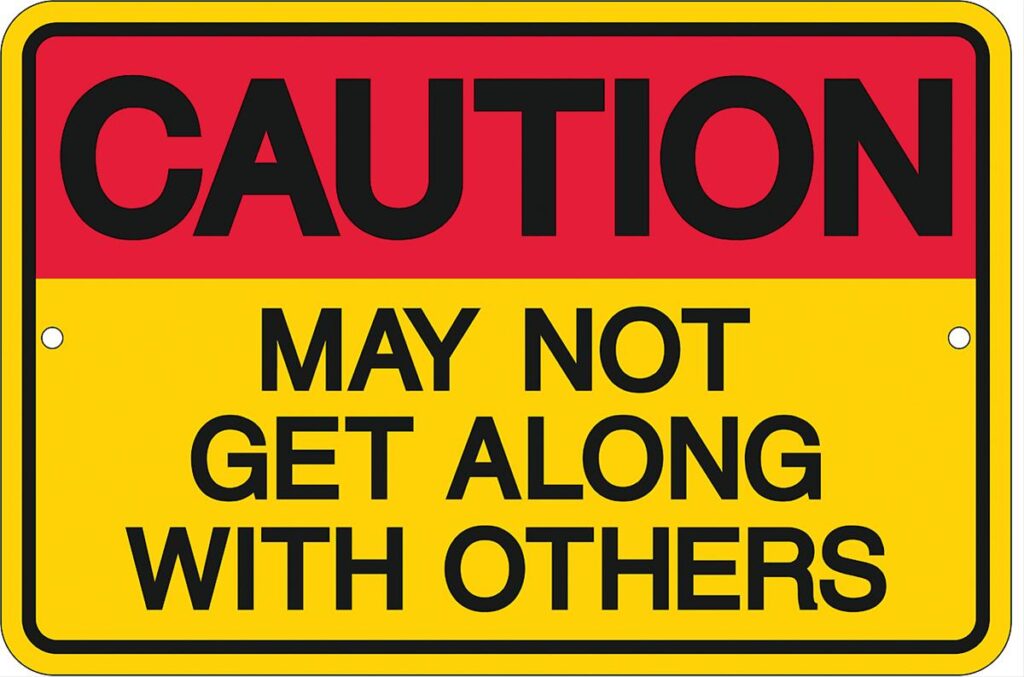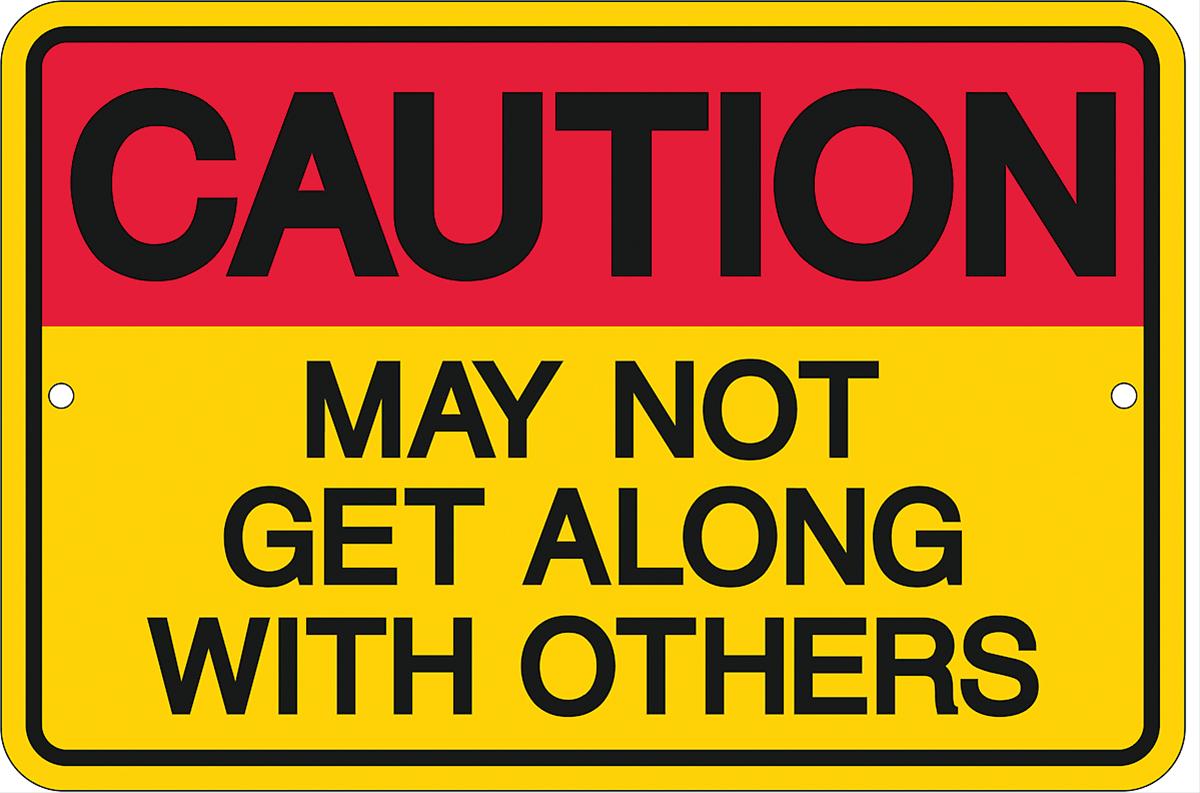
Why Can’t We All Just Get Along? Understanding and Resolving Interpersonal Conflicts
The phrase “why can’t we all just get along?” often echoes in moments of frustration, reflecting a deep-seated desire for harmony and understanding in a world riddled with conflict. Whether it’s within families, workplaces, or broader social circles, the inability to get along can lead to significant stress, decreased productivity, and strained relationships. This article delves into the multifaceted reasons why individuals not get along, exploring the psychological, social, and environmental factors that contribute to interpersonal discord. We will also examine practical strategies for navigating these challenges and fostering more positive and productive interactions. The goal is to provide insights and actionable steps that can help individuals and groups bridge divides and cultivate a greater sense of cooperation and mutual respect. Understanding why people not get along is the first step towards creating a more harmonious environment.
The Root Causes of Interpersonal Conflict
Several factors contribute to the difficulties people experience in getting along. These can be broadly categorized as individual differences, communication barriers, and situational stressors.
Individual Differences and Personality Clashes
One of the primary reasons people not get along stems from inherent differences in personality, values, and beliefs. Each individual possesses a unique set of traits that influence how they perceive and interact with the world. When these traits clash, conflict is often inevitable. For example, a highly introverted person may find it challenging to work with an extroverted, assertive individual. Similarly, differences in values, such as varying perspectives on work ethic, morality, or social issues, can create significant friction. Understanding these differences is crucial for mitigating potential conflicts. Recognizing that someone’s behavior isn’t necessarily wrong, but simply different, can promote empathy and tolerance.
Communication Barriers: The Breakdown of Understanding
Effective communication is the cornerstone of any healthy relationship. However, when communication breaks down, misunderstandings and conflicts are likely to arise. Barriers to communication can include poor listening skills, unclear messaging, and the use of inflammatory language. For instance, if one person consistently interrupts or dismisses the other’s viewpoints, the latter may feel unheard and disrespected, leading to resentment and conflict. Cultural differences can also contribute to communication barriers, as communication styles and norms vary across cultures. What might be considered assertive in one culture could be perceived as aggressive in another. Addressing these communication barriers through active listening, clear articulation, and cultural sensitivity is essential for fostering understanding and getting along.
Situational Stressors: The Impact of External Pressures
External stressors, such as work-related pressures, financial difficulties, or personal crises, can significantly impact an individual’s behavior and ability to get along with others. When people are under stress, they may become more irritable, impatient, and less tolerant of differing viewpoints. This can lead to heightened conflict and strained relationships. Furthermore, stress can impair cognitive function, making it difficult to think clearly and communicate effectively. Recognizing the role of situational stressors in interpersonal conflict is crucial for providing support and understanding. Offering assistance, practicing empathy, and creating a supportive environment can help individuals navigate these challenges and maintain positive relationships. It’s important to remember that when people not get along, it’s not always personal; sometimes, it’s a reflection of the pressures they are facing.
Strategies for Improving Interpersonal Relationships
While conflict is an inevitable part of human interaction, there are several strategies that individuals and groups can employ to improve interpersonal relationships and foster a more harmonious environment. These strategies focus on enhancing communication, promoting empathy, and establishing clear boundaries.
Enhancing Communication: Active Listening and Clear Articulation
Effective communication is paramount for resolving conflicts and building strong relationships. Active listening involves paying close attention to what the other person is saying, both verbally and nonverbally. This includes making eye contact, nodding to show understanding, and asking clarifying questions. It also requires refraining from interrupting or formulating a response while the other person is speaking. Clear articulation involves expressing one’s thoughts and feelings in a concise, respectful, and non-inflammatory manner. Using “I” statements, such as “I feel frustrated when…” instead of “You always…”, can help to avoid accusatory language and promote a more constructive dialogue. By prioritizing active listening and clear articulation, individuals can minimize misunderstandings and foster a greater sense of understanding and connection. When people not get along, it’s often because one or both parties aren’t communicating effectively.
Promoting Empathy: Understanding Different Perspectives
Empathy is the ability to understand and share the feelings of another person. It involves putting oneself in their shoes and attempting to see the world from their perspective. Cultivating empathy is essential for resolving conflicts and building strong, compassionate relationships. To promote empathy, it’s important to actively seek to understand the other person’s viewpoint, even if you don’t agree with it. Asking open-ended questions, such as “Can you help me understand why you feel that way?”, can encourage them to share their thoughts and feelings. It’s also important to validate their emotions, even if you don’t understand them. Saying something like “I can see why you’re upset” can help them feel heard and understood. By practicing empathy, individuals can bridge divides and foster a greater sense of connection and mutual respect. Sometimes, the reason people not get along is simply a lack of empathy.
Establishing Clear Boundaries: Defining Limits and Expectations
Clear boundaries are essential for maintaining healthy relationships and preventing conflicts. Boundaries define the limits of acceptable behavior and help to establish clear expectations. Setting boundaries involves communicating one’s needs and limits in a respectful and assertive manner. For example, if someone consistently interrupts you during conversations, you might say, “I need you to let me finish my thoughts before responding.” It’s also important to respect the boundaries of others. This means honoring their limits and expectations, even if you don’t fully understand them. When boundaries are unclear or violated, conflict is likely to arise. By establishing and respecting clear boundaries, individuals can create a more predictable and harmonious environment. When people not get along, it can often be traced back to a lack of clear boundaries.
The Role of Leadership in Fostering Harmony
In organizational settings, leadership plays a crucial role in fostering a positive and collaborative environment where individuals can get along. Effective leaders understand the importance of promoting open communication, resolving conflicts fairly, and fostering a culture of respect and inclusivity. This involves actively addressing issues that contribute to discord, such as personality clashes or communication barriers. Leaders should also prioritize creating a supportive environment where employees feel comfortable expressing their concerns and ideas. By setting a positive example and implementing fair policies, leaders can cultivate a workplace where individuals feel valued and respected, reducing the likelihood of conflict. When people not get along in a workplace, it often reflects a failure of leadership.
Conflict Resolution Strategies for Leaders
Leaders can employ various strategies to effectively resolve conflicts within their teams. Mediation, a process where a neutral third party facilitates communication and helps disputing parties reach a mutually agreeable solution, is often effective. Another approach is to encourage collaborative problem-solving, where team members work together to identify the root causes of the conflict and develop creative solutions. It’s also crucial for leaders to establish clear guidelines for acceptable behavior and to address any instances of harassment or discrimination promptly and decisively. By taking a proactive approach to conflict resolution, leaders can create a more harmonious and productive work environment. If leaders are skilled at helping people get along, the entire organization benefits.
Promoting a Culture of Respect and Inclusivity
Creating a culture of respect and inclusivity is essential for fostering a workplace where individuals can get along. This involves valuing diversity, promoting equal opportunities, and ensuring that all employees feel welcome and respected. Leaders can promote inclusivity by actively seeking out diverse perspectives, providing training on cultural sensitivity, and implementing policies that support diversity and inclusion. It’s also important to address any instances of bias or discrimination promptly and decisively. By fostering a culture of respect and inclusivity, leaders can create a workplace where individuals feel valued and empowered, reducing the likelihood of conflict and promoting collaboration. A culture that values helping people get along is a successful one.
Conclusion: Embracing Differences and Fostering Harmony
The question of why we not get along is a complex one, influenced by a multitude of factors ranging from individual differences to situational stressors. However, by understanding these factors and implementing strategies to enhance communication, promote empathy, and establish clear boundaries, individuals and groups can bridge divides and foster more positive and productive relationships. Leadership plays a crucial role in creating a harmonious environment, particularly in organizational settings, by promoting open communication, resolving conflicts fairly, and fostering a culture of respect and inclusivity. Ultimately, the ability to get along is not about eliminating differences, but about embracing them and finding common ground. It requires a commitment to understanding, empathy, and mutual respect, and a willingness to work together to create a more harmonious and collaborative world. Even when people not get along initially, with effort and understanding, relationships can improve. [See also: Conflict Resolution Strategies] [See also: Building Strong Relationships] [See also: Effective Communication Skills]

